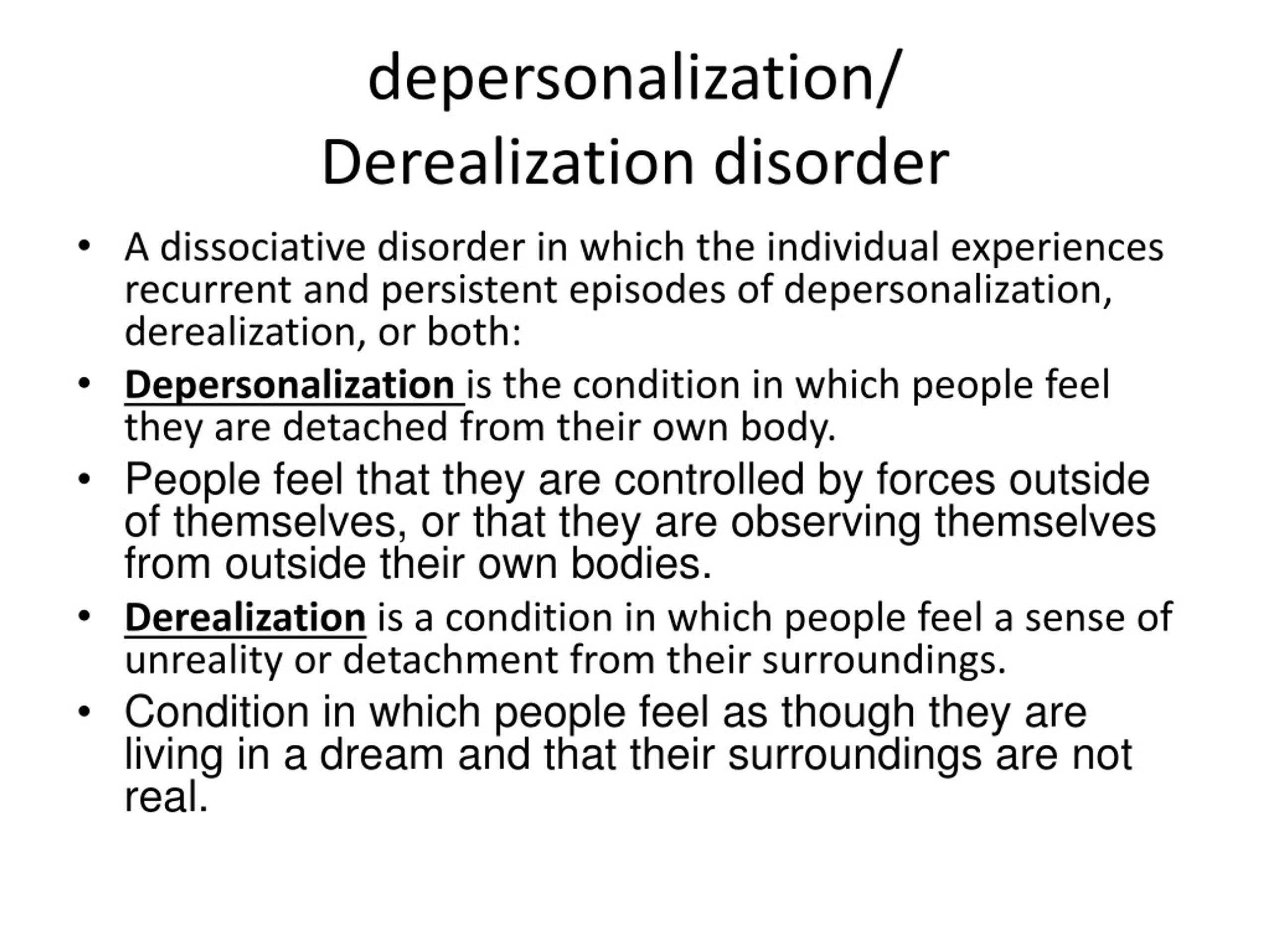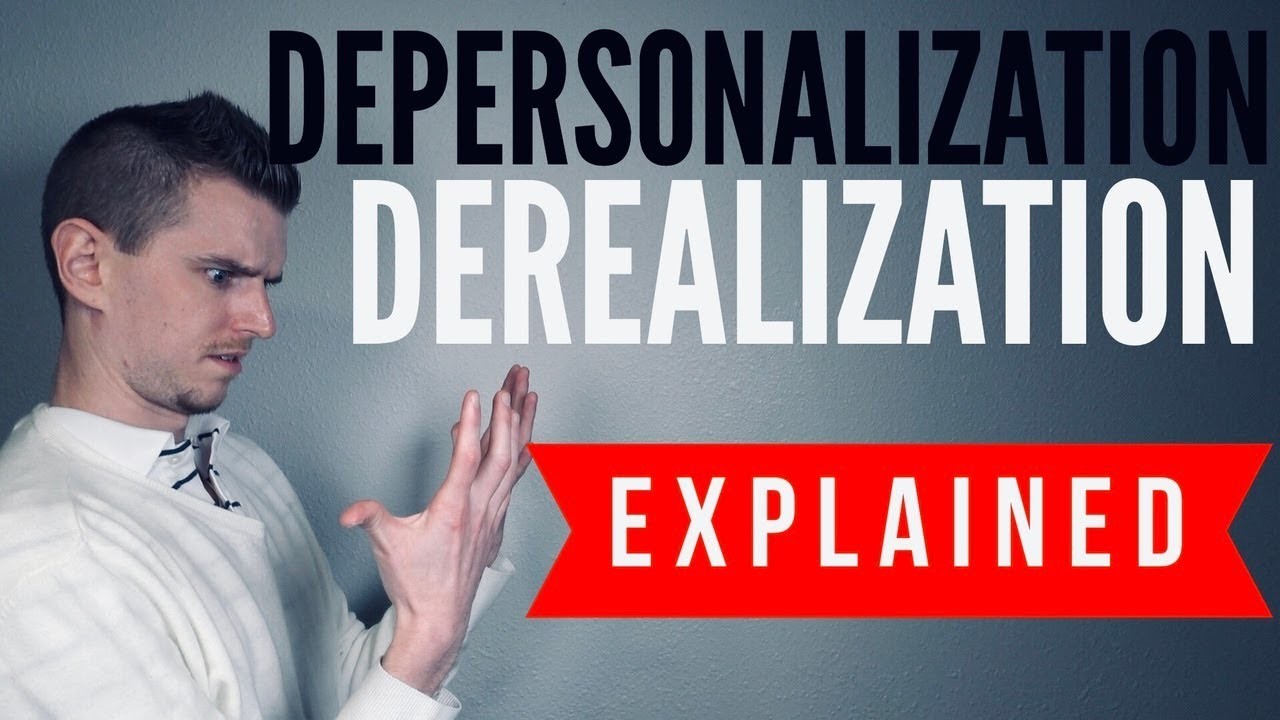

These are reaction-formation, isolation and undoing mechanisms. 6)įrom the psychoanalytic perspective, there are three prominent defensive mechanisms to explain the symptoms of OCD. In some way, obsessions and compulsions can be referred as defense mechanisms against internal traumas mostly caused by intolerable thoughts whereas dissociative experiences can be referred as reactions against external traumatic situations.

6, 7)ĭissociative experiences are defense reactions mostly against outside traumatic experiences, while obsessions and compulsions develop in response to incitement created by anxiety-enhancing thoughts. Studies about cognitive processes of obsessions, compulsions and dissociative experiences reported that, individuals with high tendency to obsessive thoughts or compulsive behaviors and dissociative symptoms, experience common cognitive difficulties while reconciling the pre-existent schemes about themselves and the world with new information from outside and responding to the changes in their surroundings. 3, 4) Also, there are plenty of studies in which it is found that, in many psychiatric disorders such as post-traumatic stress disorder, panic disorder, somatization disorders, eating disorders, borderline personality disorder and obsessive-compulsive disorder (OCD), frequency of dissociative manifestations is higher than healthy controls. 2) Traumatic experiences, especially childhood traumatic experiences, are the most frequently studied etiological factor for the development of dissociation. 1) According to community-based studies, the frequency of dissociative manifestations in the general population is estimated at 5.6–10%.
DEPERSONALIZATION OCD MANUAL
In Diagnositc and Statistical Manual of Mental Disorders fifth edition (DSM-5), dissociation is described as deterioration or separation in the integrated functions of consciousness, memory, identity, environmental perception, body representation, emotion and behavior. Keywords: Obsessive-compulsive disorder, Dissociation, Trauma The relation between OCD and dissociation is independent from and stronger than the relation between childhood traumatic experiences and OCD. Among dissociative experiences, absorption has stronger relation with OCD symptoms. Conclusionĭissociative experiences are seen more frequently in OCD patients than healthy controls. In addition to this, the level of the influence of DES total scores on PI total scores is, R 2=0.399 ( p<0.01) and the level of the influence of CTQ total scores on PI total scores is R 2=0.343 ( p<0.01). In patient group both DES total score and CTQ total score have influence on PI total score independently from each other. In the patient group, when we evaluate the relation strengths of DES total and subscale scores with PI total score, we found out that amnesia subscale has r=0.361 ( p<0.01), absorption subscale has r=0.611 ( p<0.01), depersonalization/derealization subscale has r=0.574 ( p<0.01), and DES total score has r=0.55 ( p<0.01) relation strengths with PI total score.

ResultsĪverage DES total score in the patient group is 20.58 and in the control group it is 4.87. Sociodemographic and Clinical Data Form, Dissociative Experiences Scale (DES), Padua Inventory (PI) and Childhood Trauma Questionnaire (CTQ) are applied to participants. Methodsįifty consecutive OCD patients and 50 healthy controls are enrolled for this study. The aim of the study is to evaluate the relationship between obsessive-compulsive disorder (OCD) symptoms and dissociative experiences and the effect of childhood traumatic experiences on this relationship in OCD patients.


 0 kommentar(er)
0 kommentar(er)
